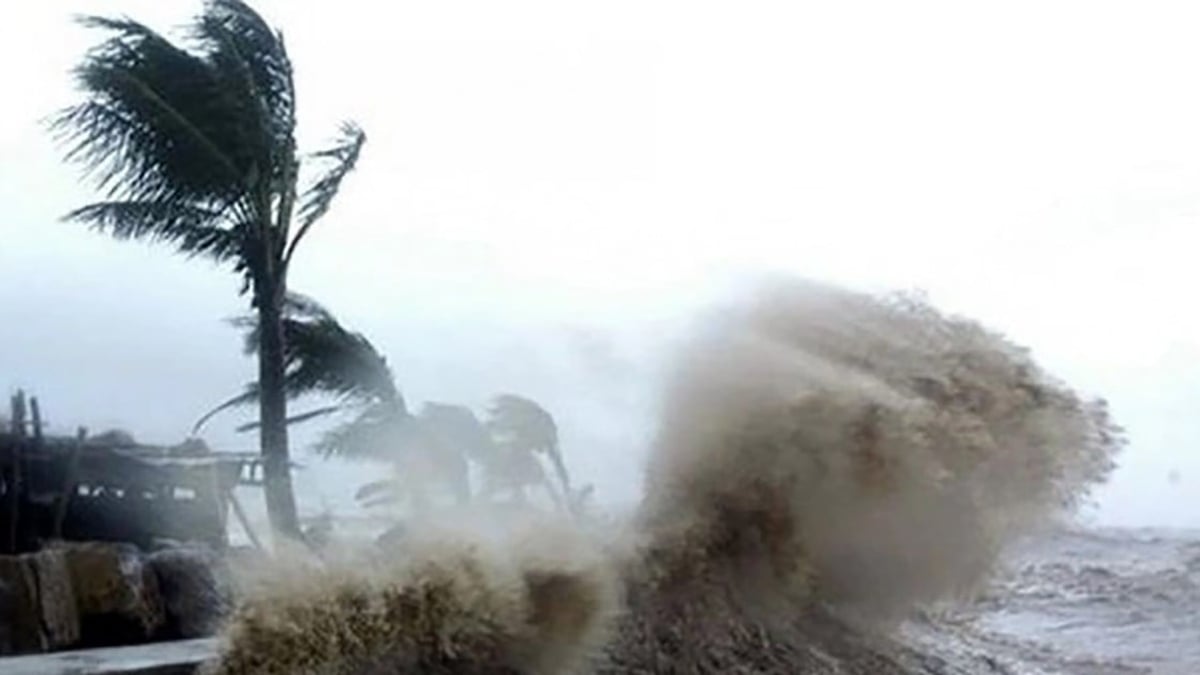According to APA news agency, since May 15, 12 people have died from cholera in Pretoria, the administrative capital of South Africa. The Gauteng Provincial Health Department of South Africa said that 10 patients died after experiencing digestive symptoms. By May 22, 2 more people died, bringing the death toll from cholera in Gauteng province to 12.
Motalatale Modiba, a spokesman for the South African Department of Health , said cholera was spreading in Pretoria. Since May 15, 37 people have been hospitalized in Pretoria and another 95 have sought medical attention. They were admitted to hospital with diarrhea, stomach cramps and vomiting. On May 21, the South African Department of Health confirmed that cholera was spreading in Hammanskraal, near Pretoria, where residents have not had access to clean water for decades.
Cholera is also raging in the city of Bukavu in the Republic of Congo, where 200 people have been infected and 5 have died in the past week, as well as in Haiti, Mozambique, Ethiopia... Most of the cholera patients are poor people.
“There is a pandemic that is killing the poor right before our eyes. We know exactly how to prevent this disease, but we need more support and less inertia from the global community. If we do not act now, the situation will get worse,” warned Jérôme Pfaffmann Zambruni, Head of Public Health Emergencies at the United Nations Children’s Fund (UNICEF).
Cholera cases had been declining for more than 10 years, but the trend reversed in 2021, said Henry Gray, director of the WHO’s global cholera response. Cholera cases and deaths spiked last year as the disease spread to new areas, particularly conflict zones and areas with high poverty rates. “This year, 24 countries have reported cholera outbreaks. The increase in cholera cases is driven by poverty, conflict, climate change and the precarious living conditions of refugees,” Henry said.
According to WHO, cholera is spreading rapidly in conditions where people do not have adequate sanitation and drinking water. Cholera is spread through the digestive tract, when people eat or drink contaminated food or water. The disease often causes mild symptoms, or even no symptoms. Severe cases lead to acute diarrhea and can cause death within hours if left untreated.
Access to clean water, sanitation, and rapid vaccination and treatment are critical to combating cholera. However, WHO cannot provide enough vaccines, with only 8 million doses of the 18 million required in 2023, according to Henry. Therefore, WHO and its partners have decided to use only one dose of vaccine, instead of the usual two.
WHO and UNICEF are appealing for $640 million to address the growing cholera threat. The two agencies’ cholera response plan focuses on coordination, surveillance and infection prevention, vaccination, treatment, water and sanitation. “However, the overall solution is long-term investment in wastewater infrastructure,” Henry stressed.
Meanwhile, the Global Alliance for Vaccines and Immunization (GAVI) predicts that by 2026, cholera vaccine supplies will increase as pharmaceutical companies ramp up production and new companies enter the market. GAVI calls for improved planning to ensure vaccines are used where they are needed most, including for cholera prevention campaigns.
PHUONG VU
Source









![[Video] More than 100 universities announce tuition fees for the 2025–2026 academic year](https://vphoto.vietnam.vn/thumb/1200x675/vietnam/resource/IMAGE/2025/7/18/7eacdc721552429494cf919b3a65b42e)




















































































![[Infographic] In 2025, 47 products will achieve national OCOP](https://vphoto.vietnam.vn/thumb/402x226/vietnam/resource/IMAGE/2025/7/16/5d672398b0744db3ab920e05db8e5b7d)





Comment (0)